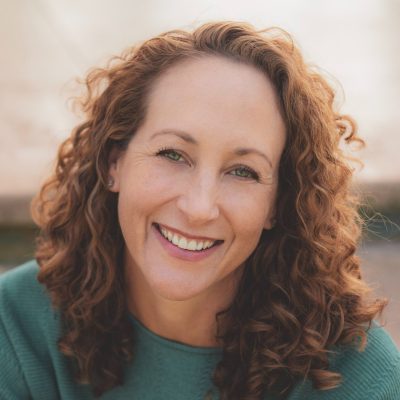15 How Can the Artist’s Perspective Matter in Other Fields?
Stacy Rupprecht Jane
I am a lawyer who has had the good fortune of working with artists and designers — including Kelly Leslie, from the previous narrative. I direct Innovation for Justice, a social justice innovation lab that designs, builds, and tests disruptive solutions to the justice gap. Solutions are “disruptive” when they deliver a radical reimagining of the system that breaks with the status quo. But what is the justice gap? In America, we are raised with a Hollywood vision of the courtroom: everyone has a lawyer, everyone gets a trial, and after many days of evidence and vigorous advocacy by lawyers, a fair and impartial judge or jury makes a decision. But that is not the reality for most Americans facing civil justice issues like debt collection, eviction, or divorce. Although these are serious, life-altering problems, there is no right to a lawyer in the civil legal system (only criminal defendants, facing a year or more in prison, have a right to counsel under our U.S. Constitution). So, for ninety-two percent of low-income Americans, when they are sued for an unpaid debt, or served with an eviction notice, or face a divorce, they are going to use the civil legal system alone without help from a lawyer.[1] These low-income community members are understandably overwhelmed by the thought of trying to represent themselves in court and do not know what to do or where to begin. That’s a formidable status quo – our current civil legal system leaves most Americans unsure of how to assert or protect their rights; radically different, disruptive solutions are needed to address this problem.
The artist’s perspective can offer such disruptive solutions that help shape how we think and act on our legal rights. Imagine your landlord has told you that you are behind on rent and hands you a complex court form. As you try to read the form, you are worried about where you will go, how you will take care of your family, and how you will keep your job. A densely worded court document filled with complex concepts and instructions is hard to navigate under any circumstance, but especially while navigating a crisis. What if, in that moment, someone handed you a visual guide that clearly and plainly laid out the court process, your rights, and your options?
This was one of the questions Kelly and I asked the students in our co-taught UA class called “Visualizing Justice.” In that course, Kelly (as an artist) and I (as a lawyer) have worked with art students to transform justice concepts and processes using art and design. In the first version of the course, students learned about America’s housing crisis, the eviction process, and the legal needs of Americans experiencing housing instability. We explored these issues through creating art and design projects with Pima County community members who have experience with the effects of this national housing crisis, including tenants, property owners, social services, attorneys, and judges. In 2020, 30-40 million Americans were at risk of eviction. Racial minorities and women with children face the highest eviction risk. With these facts in mind, our students created advocacy posters that would inspire Americans to care about the eviction issue. Students then went to court and observed eviction proceedings, where 10-15 people are evicted every hour. After their court observations, students redesigned the court’s eviction forms and information pages, applying art and design concepts like visual hierarchy and color choice, as well as exploring the use of plain language, rather than dense, legal jargon. The forms and information pages they created were shared with social services and civil legal system stakeholders as examples of how critical legal information about housing rights could be better articulated and designed for the benefit of Pima County tenants. Samples of the forms and information pages our students created are available here.
The artist’s perspective values process, communication, and understanding. It embraces emotion and encourages connection. When artists communicate legal information, their perspectives can help make that critical information accessible, comprehensible, and approachable. The artist’s perspective can also shape how we think about and act on the rights of others. In the U.S., state laws governing the rights of renters can be sparse and offer little protection. In our own Tucson community, ten percent of renters are currently behind on rent and at risk of eviction. Once a person is evicted, they are at increased risk for physical and mental health issues, loss of employment, loss of stable future housing, and bankruptcy. I can tell you about the legal consequences of eviction using the language of my field — law — but an artist’s perspective can call you to action. Our art students use color, shape, and storytelling to show their audience the ways in which evictions hurt families and communities. Through the artist’s perspective, a legal problem like eviction can be reframed as a human problem that we as a society feel called to address.
- Legal Service Corporation Justice Needs Measurement Survey, 2022. ↵


